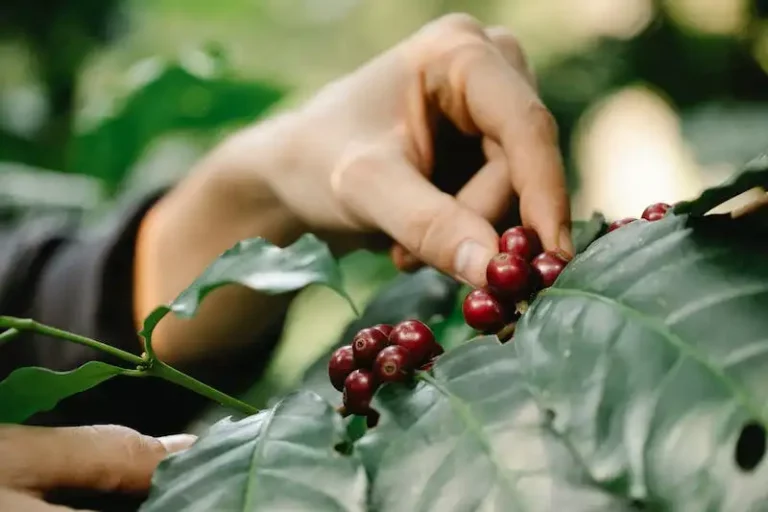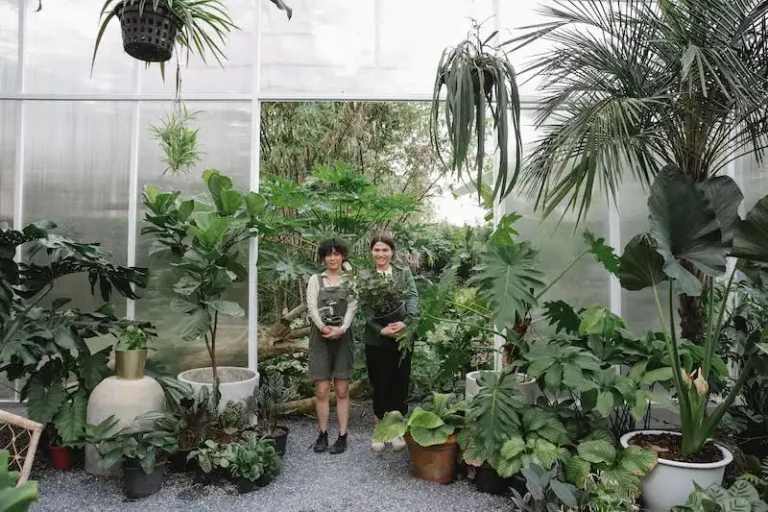Green onions, also known as scallions or spring onions, are a versatile and flavorful addition to many dishes. Their small size and milder taste make them a favorite among home cooks. One of the great things about green onions is that you can regrow them without killing the plant, allowing you to have a constant supply on hand.
Usually, when we buy green onions from the store, they come with their roots intact. But when you plant them in the ground, they usually end up becoming bigger and eventually turning into regular onions. If you want to preserve their green flavor and tenderness, harvesting them at the right time is crucial.
The best time to harvest green onions is when they are about 6-8 inches tall. At this stage, the leaves are still bright green, and the bulbs have not started to become white and bulbous. The white part of the green onion is usually the best-tasting, so you want to harvest them before they start turning. Harvesting them when they are smaller also ensures that they are not too fibrous or tough.
When it’s time to harvest green onions, grab a pair of sharp scissors or shears and cut the leaves about an inch above the soil line. This method allows the green onions to regrow quickly. If the weather is dry, it’s better to water the onions a day before harvesting to help them remain more hydrated. If you’re wondering what to do with the harvested green onions, they can be stored in a plastic bag in the refrigerator for up to 2 weeks.
If you want to make the most out of your green onion plants, there is a method called pruning 2-3 months after transplanting that allows them to thrive. It’s important to be careful with the scissors and only cut the green parts above the soil. This method encourages new growth and keeps the plants productive for longer.
Another tip for growing green onions is to plant them in pots instead of directly in the ground. This allows you to easily control the moisture level of the soil and space the plants as needed. Green onions don’t require a lot of space, so you can fit several bunches in one pot. Just make sure the soil is well-balanced and the pots have enough drainage.
In conclusion, growing and harvesting green onions without killing the plant is a quick and easy process. By following these tips, you can enjoy the fresh taste of green onions in your cooking year-round. Whether you choose to plant them in the ground or in pots, remember to keep the soil moist and provide them with enough sunlight. With a little love and care, your green onions will thrive and provide you with a delicious addition to your meals.
How To Harvest And Preserve Green Onions
When it comes to harvesting green onions, there are a few important things that every gardener should know. Whether you’re a seasoned pro or just starting out, these tips will help you get the most out of your green onions without harming the plant.
First off, it’s crucial to know when to pick your green onions. You can start harvesting the stalks whenever they reach a size that you prefer. Some people like to pick them when they are young and tender, while others prefer to wait until they are fully grown. It’s a matter of personal preference, so pick them whenever you feel they’re at the right stage for you.
To harvest your green onions, simply use your fingers or a small pair of scissors to cut the stalks off at ground level. Make sure to leave the roots in the ground so that the plant can continue to grow and produce more green onions.
Now that you’ve successfully harvested your green onions, you may be wondering how to preserve them. One popular method is to place the freshly picked green onions in a damp paper towel and then store them in the refrigerator. They will stay fresh for several days this way, and you can use them whenever you want to add a burst of flavor to your dishes.
If you have an abundance of green onions and want to preserve them for longer, you can also freeze them. Simply chop the green onions into small pieces and place them in an airtight container or freezer bag. They can be stored in the freezer for up to six months. Just remember that frozen green onions are best used for cooking and not for raw dishes, as they may lose their crispness.
Another great way to preserve green onions is by drying them. To do this, you can hang the green onion stalks upside down in a dry and well-ventilated area. Once they are completely dry, you can store them in an airtight container. Dried green onions can last for several months and are perfect for adding flavor to soups, stews, and other dishes.
If you are looking to grow green onions again, it’s important to note that they are easy to cultivate from seeds. You can either plant the seeds directly into the ground or start them indoors and transplant them later. Green onions, also known as Allium fistulosum, require well-drained soil and full sunlight. They can tolerate a wide range of weather conditions, but they will grow best when watered frequently and provided with some mulch to retain moisture.
While green onions are generally easy to grow, it’s important to be aware of common pests and diseases that can affect them. Watch out for onion thrips, onion maggots, and diseases like onion white rot. If you notice any signs of damage or wilting, take action quickly to prevent the spread of pests or diseases.
To achieve the best harvest and preserve your green onions, it’s also recommended to prune the plants. This involves removing any flower buds that may form on the plants. By doing this, you can redirect the energy of the plant towards producing more leaves and stalks instead of blooming.
In conclusion, harvesting and preserving green onions is a relatively easy process. By following the methods outlined in this guide, you can enjoy freshly picked green onions whenever you need them and have a supply that will last throughout the year.
What are green onions
Green onions, also known as scallions or Allium fistulosum, are a type of onion that is harvested while the bulb is still small and the greens are young and tender. They are often used as a flavoring ingredient in various dishes and add a fresh and pungent taste. Green onions are called “scallions” in some regions, and this term is frequently used interchangeably with “green onions” or “spring onions”.
Green onions differ from regular onions in that they are harvested before the bulb fully develops, so they have a milder flavor. The bulb of a green onion is typically small and elongated, while the greens are long, slender, and hollow. When buying green onions, look for ones with crisp, green tops and a firm white bulb.
Green onions can be grown in your own backyard or purchased from a store. However, picking them from your own garden is better because you can ensure they are organic and you can enjoy the freshness of just-picked produce. It’s also a great way to save money and reduce waste.
When growing green onions, it’s important to provide them with optimal conditions to thrive. They prefer cool weather and can be planted in early spring or late summer. Green onions are relatively easy to grow and can be harvested multiple times throughout the growing season. They can be planted in a garden bed or in containers, making them suitable for small spaces like balconies or patios.
To harvest green onions without killing the plant, you can pick the greens individually or cut them about half an inch above the soil level. The remaining plant will continue to grow and produce more greens. It’s important to avoid pulling the entire plant out, as this will kill it. By picking or cutting the greens, you can enjoy fresh green onions while allowing the plant to keep growing.
To store green onions, keeping them fresh and maintaining their taste, it’s important to keep them in a cool and humid environment. You can wrap them in a damp paper towel and store them in a plastic bag, or place them in a container with water to keep the roots moist. Another method is to freeze the greens by cutting them into small pieces and placing them in an airtight container or freezer bag. This way, you can use them in various dishes even when fresh green onions are not in season.
Keeping an eye out for signs of disease is essential to ensure the health of your green onions. Fungal diseases, nematodes, and other pests can sometimes affect the plants. If you notice any signs of disease, such as wilting, discoloration, or unusual growth, it’s important to take immediate action to prevent the spread of the disease. Maintaining proper humidity levels and providing adequate air circulation can help prevent fungal diseases.
In conclusion, green onions are a versatile and flavorful ingredient that can enhance the taste of various dishes. With a little bit of care and attention, you can grow your own green onions and enjoy their freshness throughout the year. Whether you choose to plant them in your garden or buy them from a store, green onions are a great addition to your culinary endeavors.




